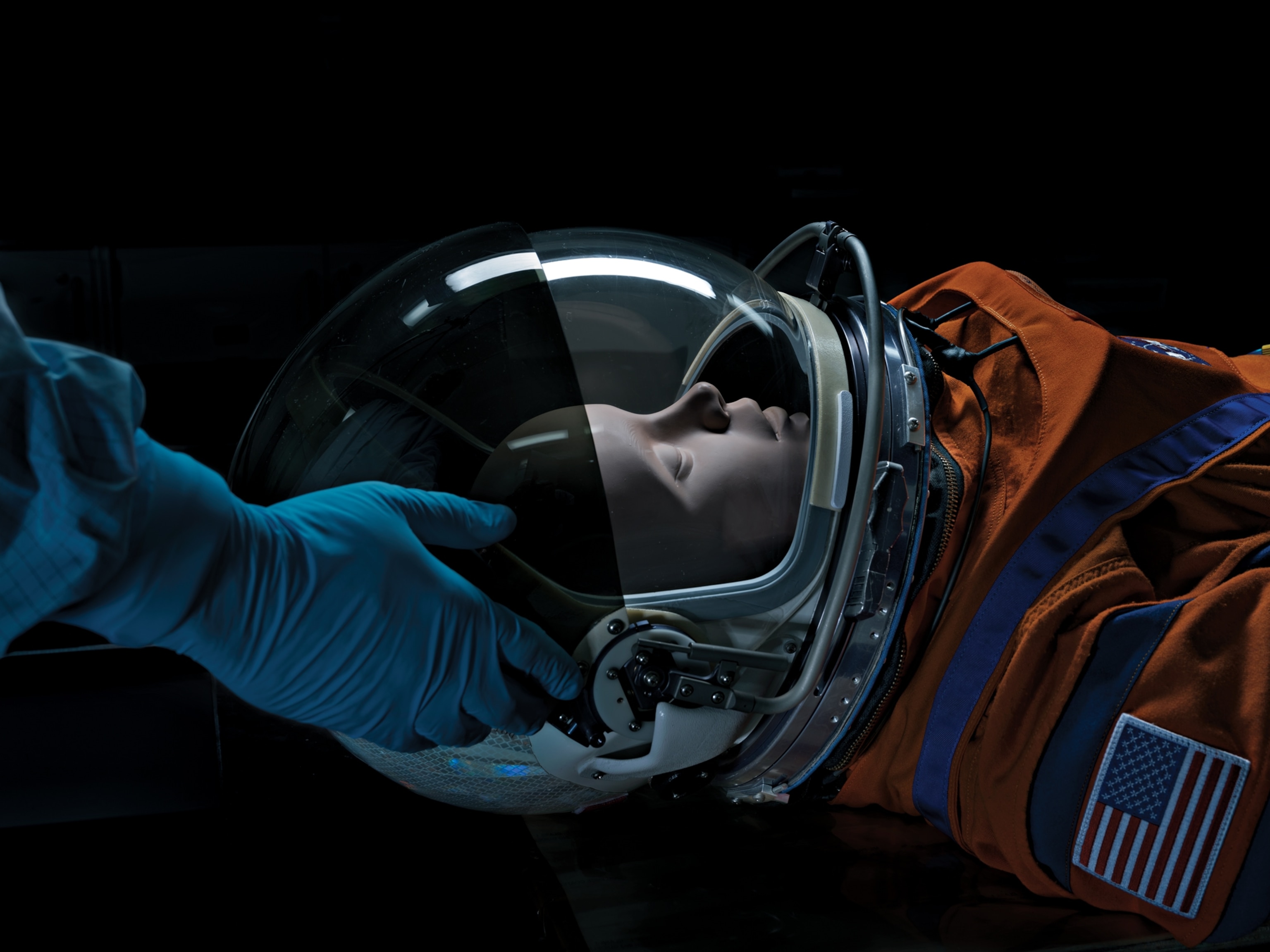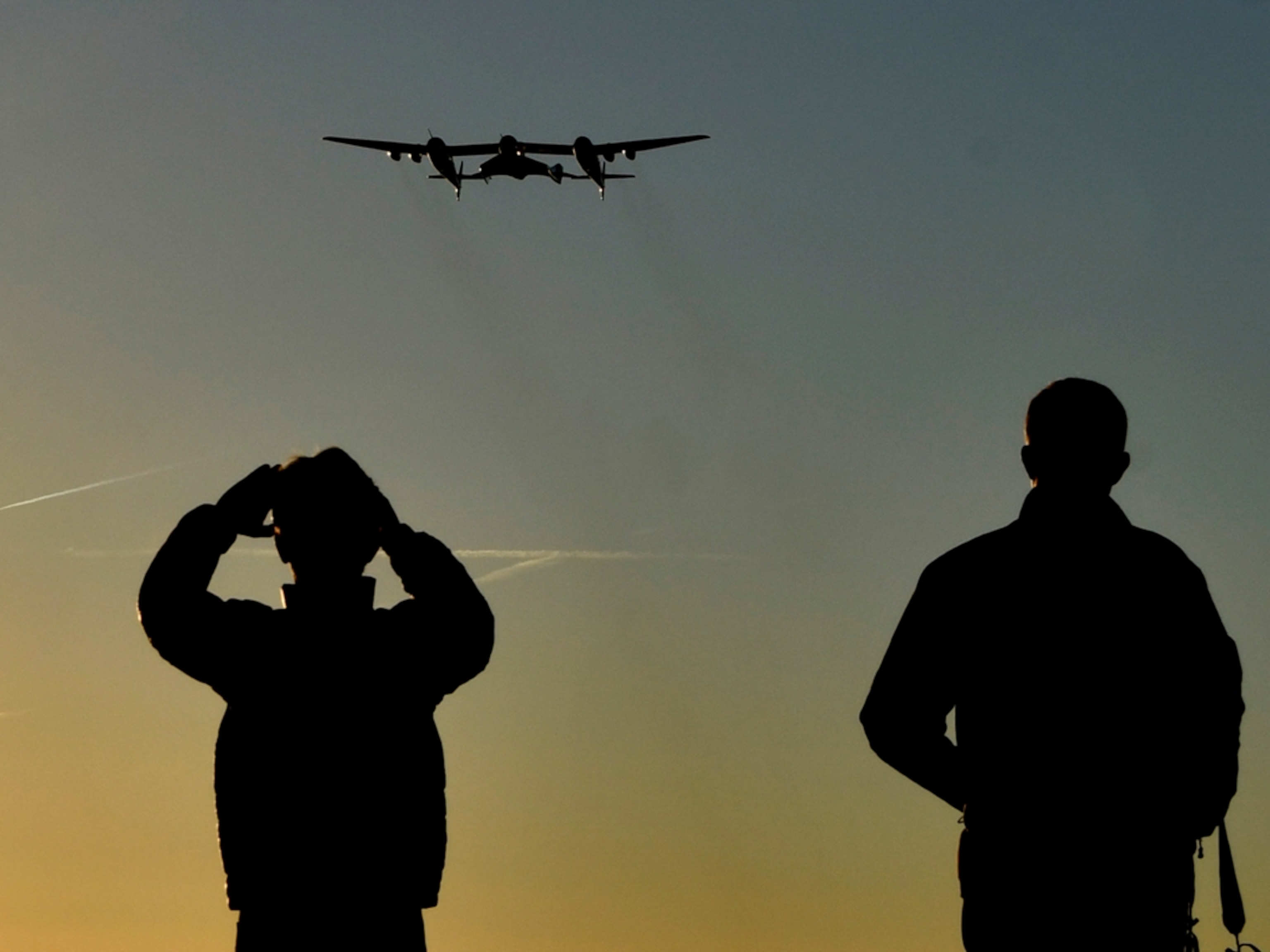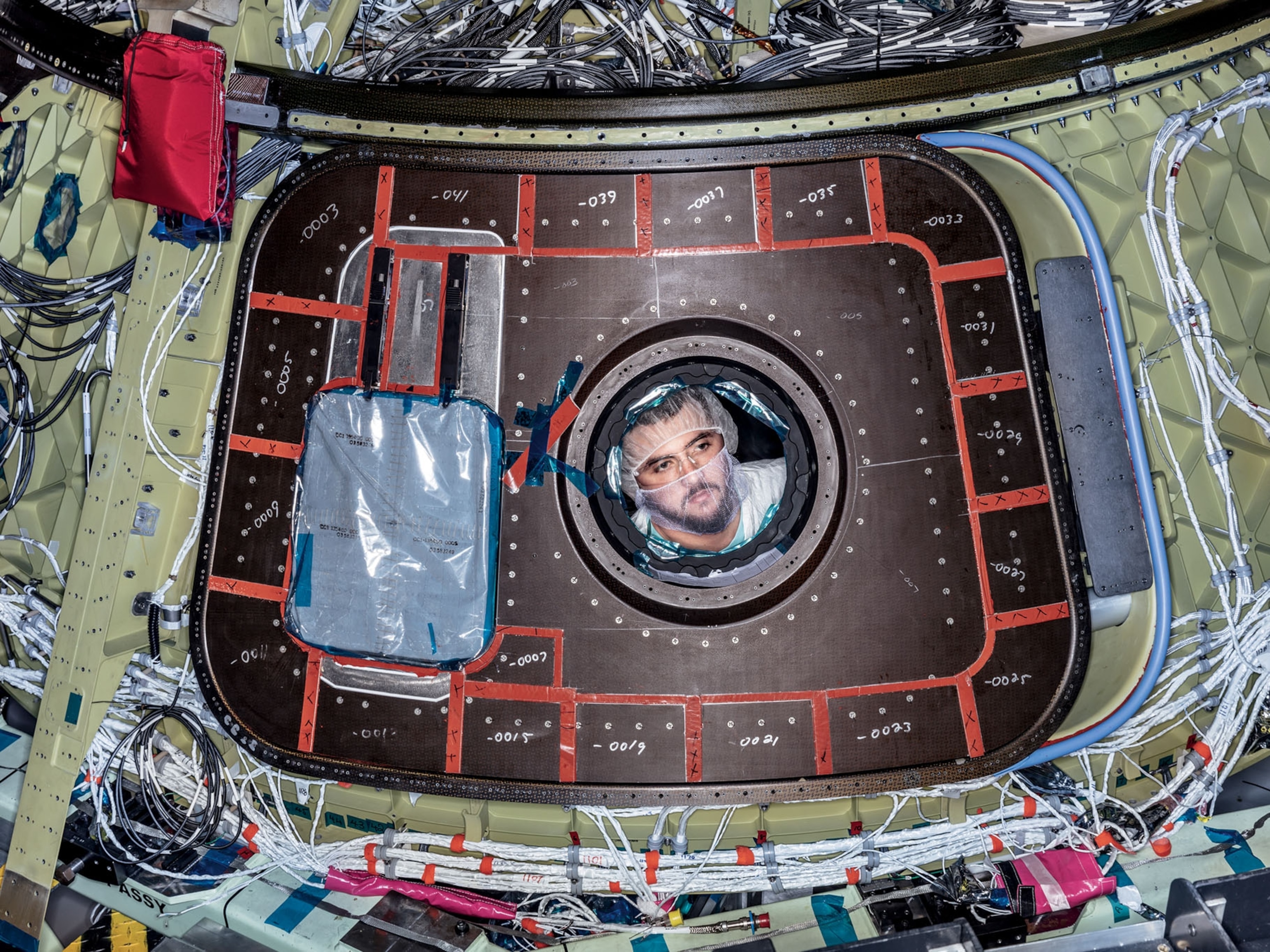Why the Apollo missions made Florida synonymous with space
Launch safety and orbital dynamics played key roles in turning a sleepy 72-mile stretch east of Orlando into the nation's Space Coast.
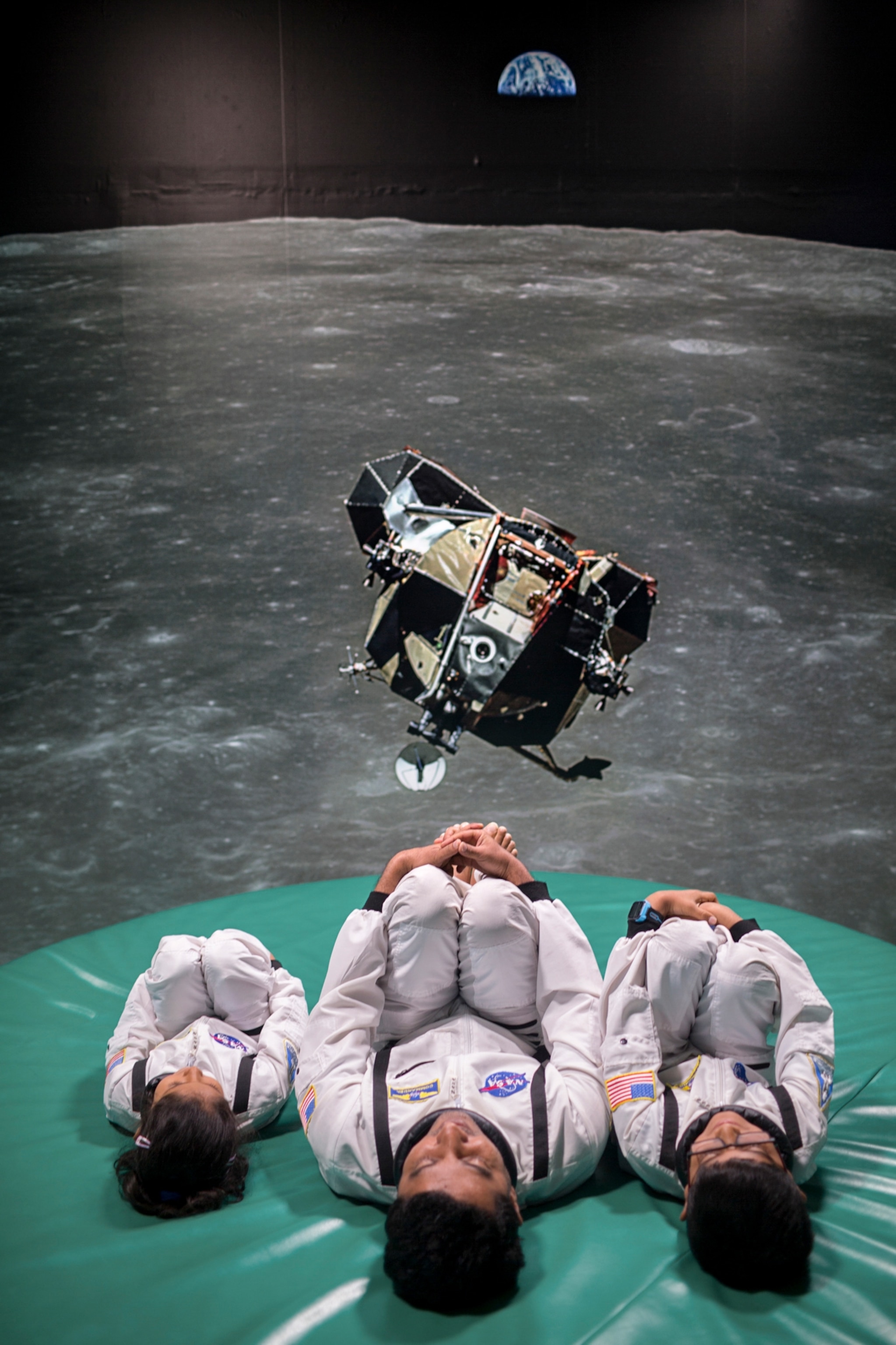
In 1961, a sleepy strip of Florida’s eastern coastline got a wake-up call. President John F. Kennedy had just delivered a stirring speech to Congress extolling the importance of sending an astronaut to the moon before the decade's end, and NASA had announced it would be building a state-of-the-art launch facility to support this mission. The chosen location? Merritt Island, just a hop away from Cape Canaveral.
NASA selected Merritt Island for a couple of reasons. First, its East Coast position on the Florida peninsula means that spacecraft can be launched over open water—a safer alternative to launching over populated areas. Second, its proximity to the Equator means that Earth's spin there is slightly stronger, giving an extra boost to spacecraft as they lift off into orbit. (Find out more about where the world’s spaceports are located.)

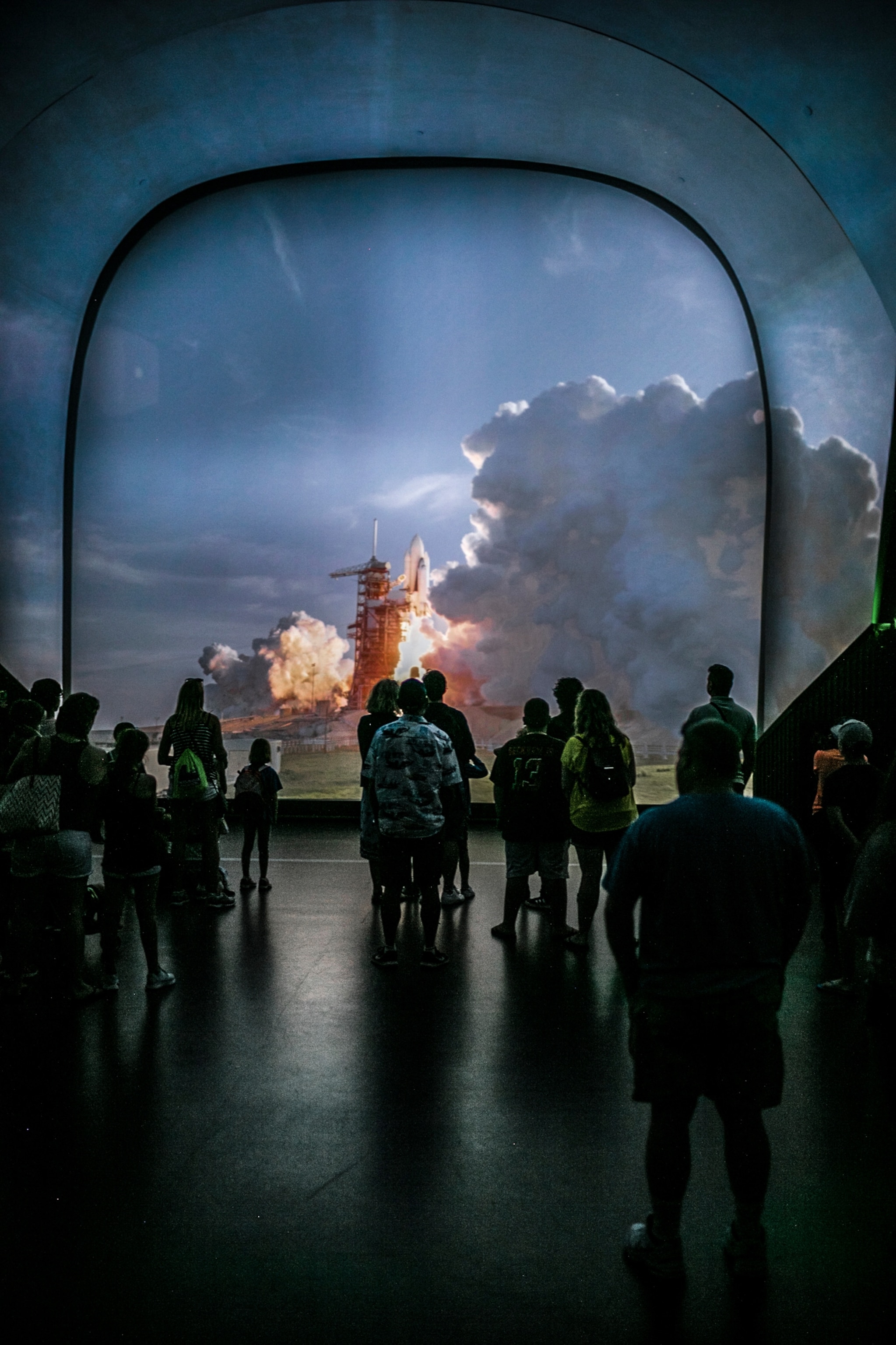
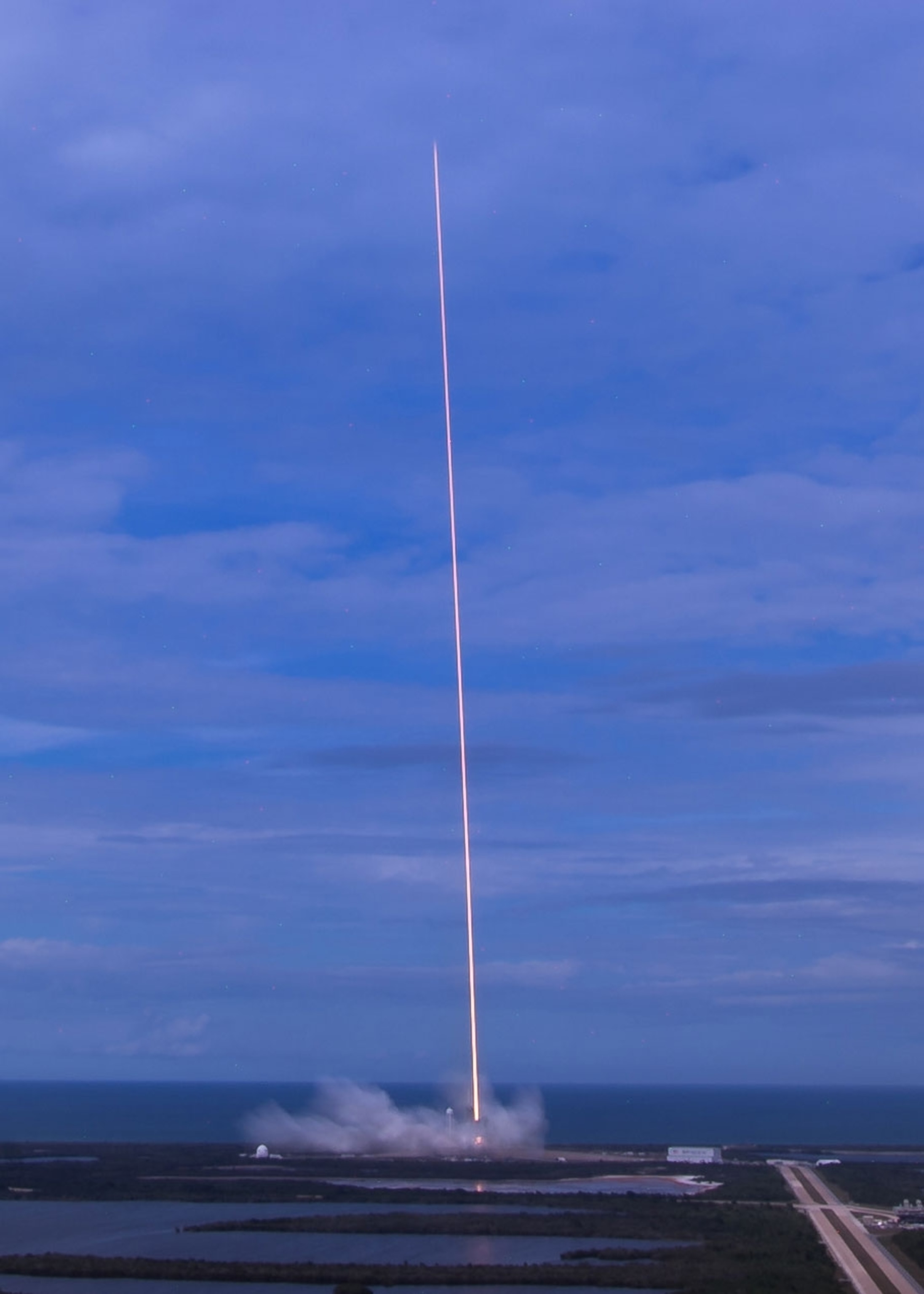
By 1963, the federal government had acquired roughly 140,000 acres on which to build what would be called the Kennedy Space Center. And by 1969, Apollo 11 was blasting off to fulfill President Kennedy's moon-shot goal.
Since then, the space industry has grown, and tourism has followed suit. Now known as Florida's Space Coast, the 72-mile-stretch between Cape Canaveral and Palm Bay, just east of Orlando, has become a destination for rocket lovers, shuttle nerds, and astronaut wannabes. Visitors to the Kennedy Space Center can learn about the progress—and failures—of space exploration, while local museums, restaurants, and events offer an endless buffet of space- and Apollo-themed experiences.
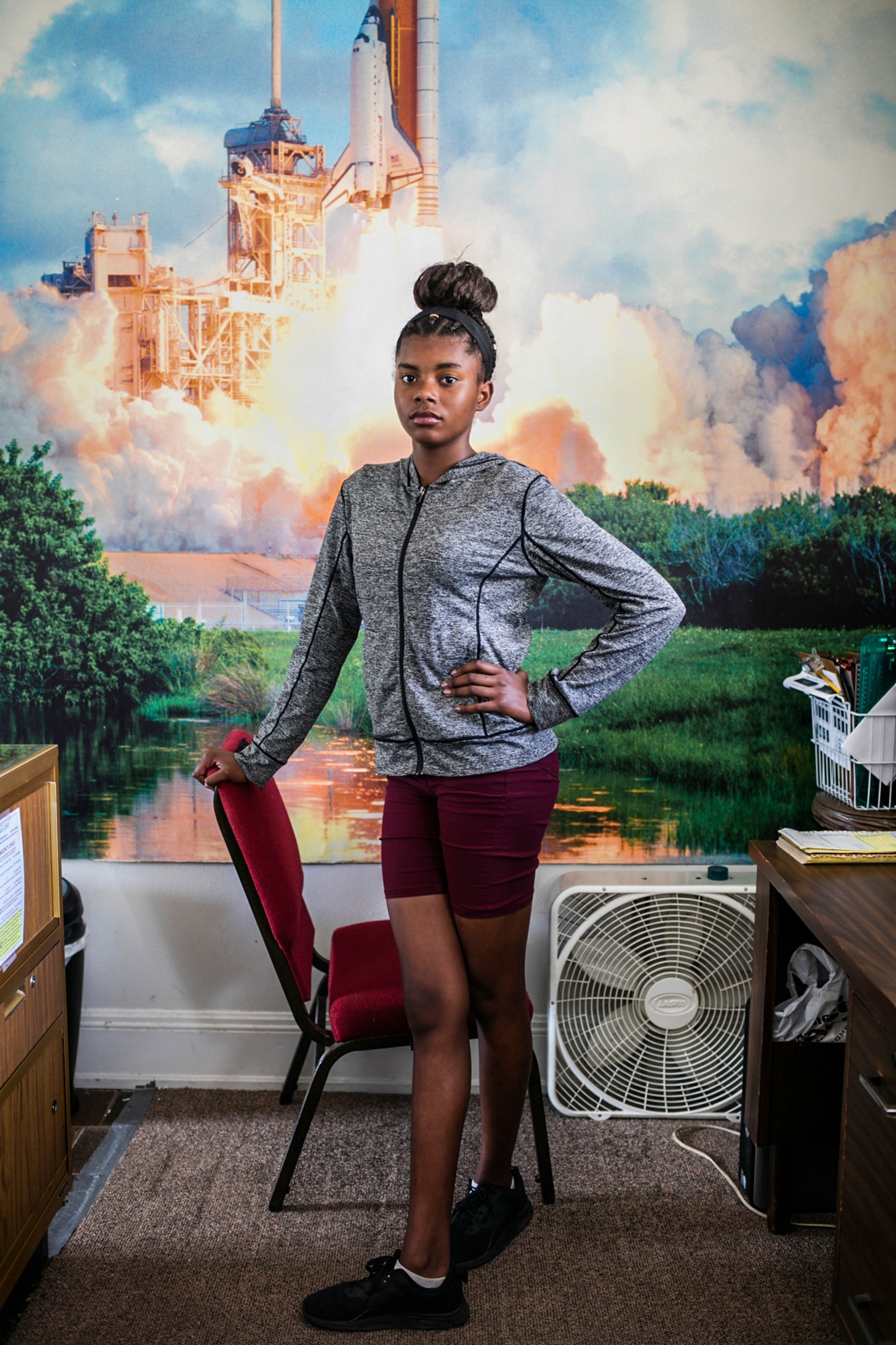
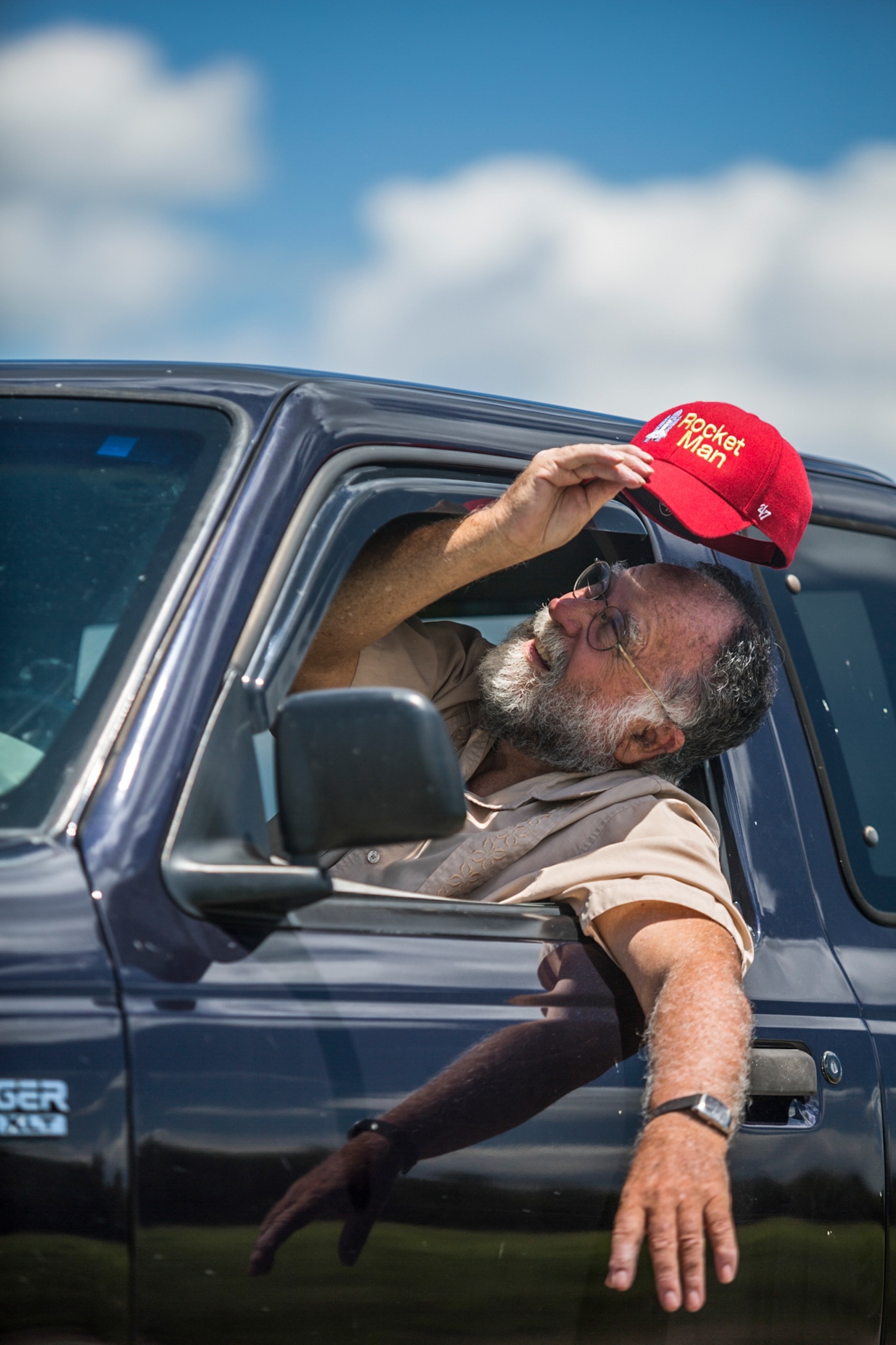
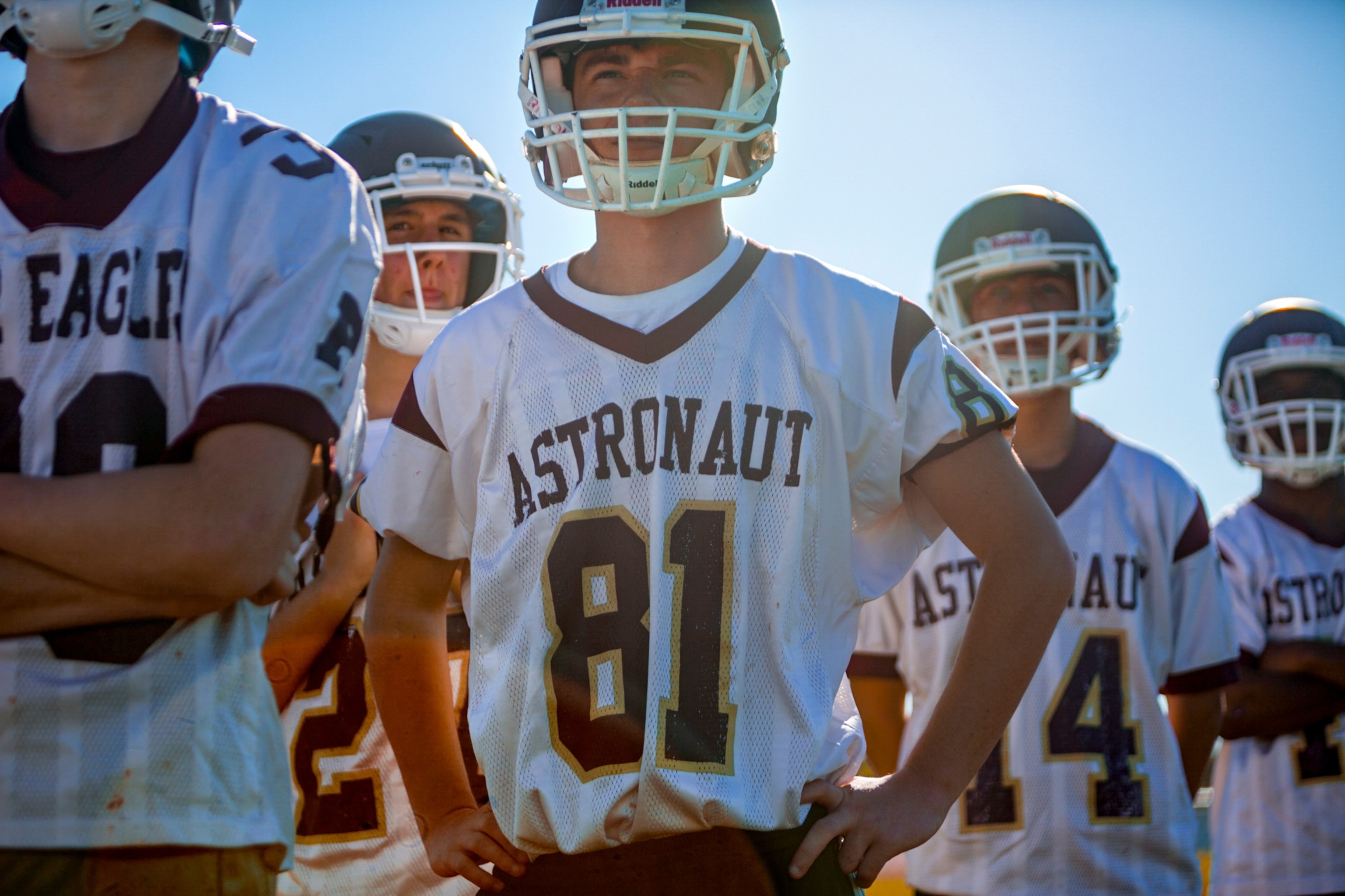
The Apollo project sparked a boom for aerospace contractors in the region, transforming a quiet region of mostly orange groves into a technology and engineering hub. For the people who live year-round on the Space Coast, astronaut sightings are normal, and rocket launches are practically quotidian. And for kids growing up on the shores of Titusville, going to school may mean attending Apollo Elementary or Astronaut High.
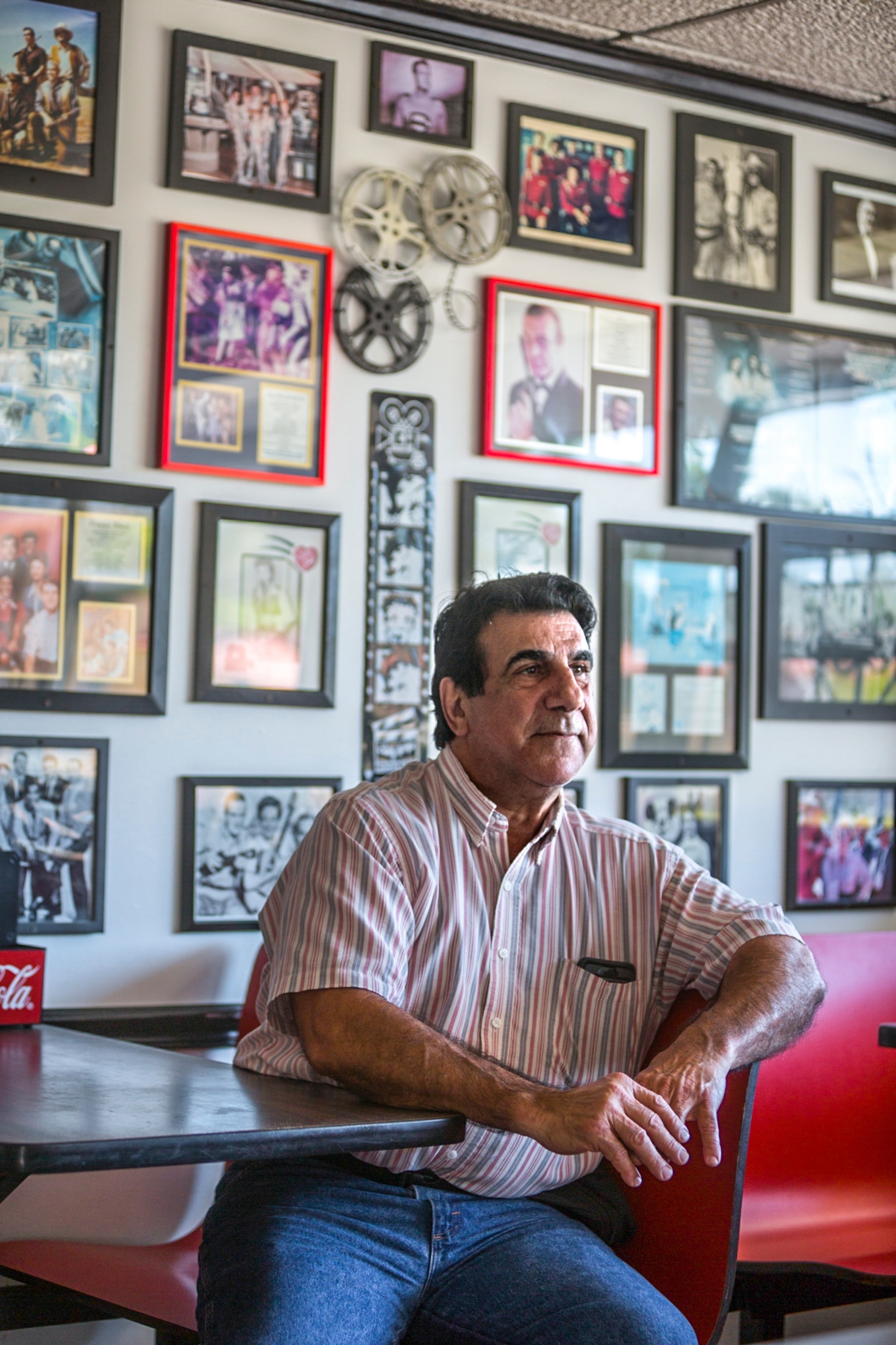

Perhaps surprisingly, humans aren’t the only local residents that benefited from the region’s focus on space. That’s because only a portion of the land that NASA owns on Merritt Island is used for spacefaring activity.
"It’s a rather small part that's developed for our operational area," says Tom Engler, director of center planning and development at Kennedy Space Center. The rest of that land, which includes the Merritt Island Wildlife Refuge, is managed by the U.S. Fish and Wildlife Service, which maintains a close working relationship with NASA.
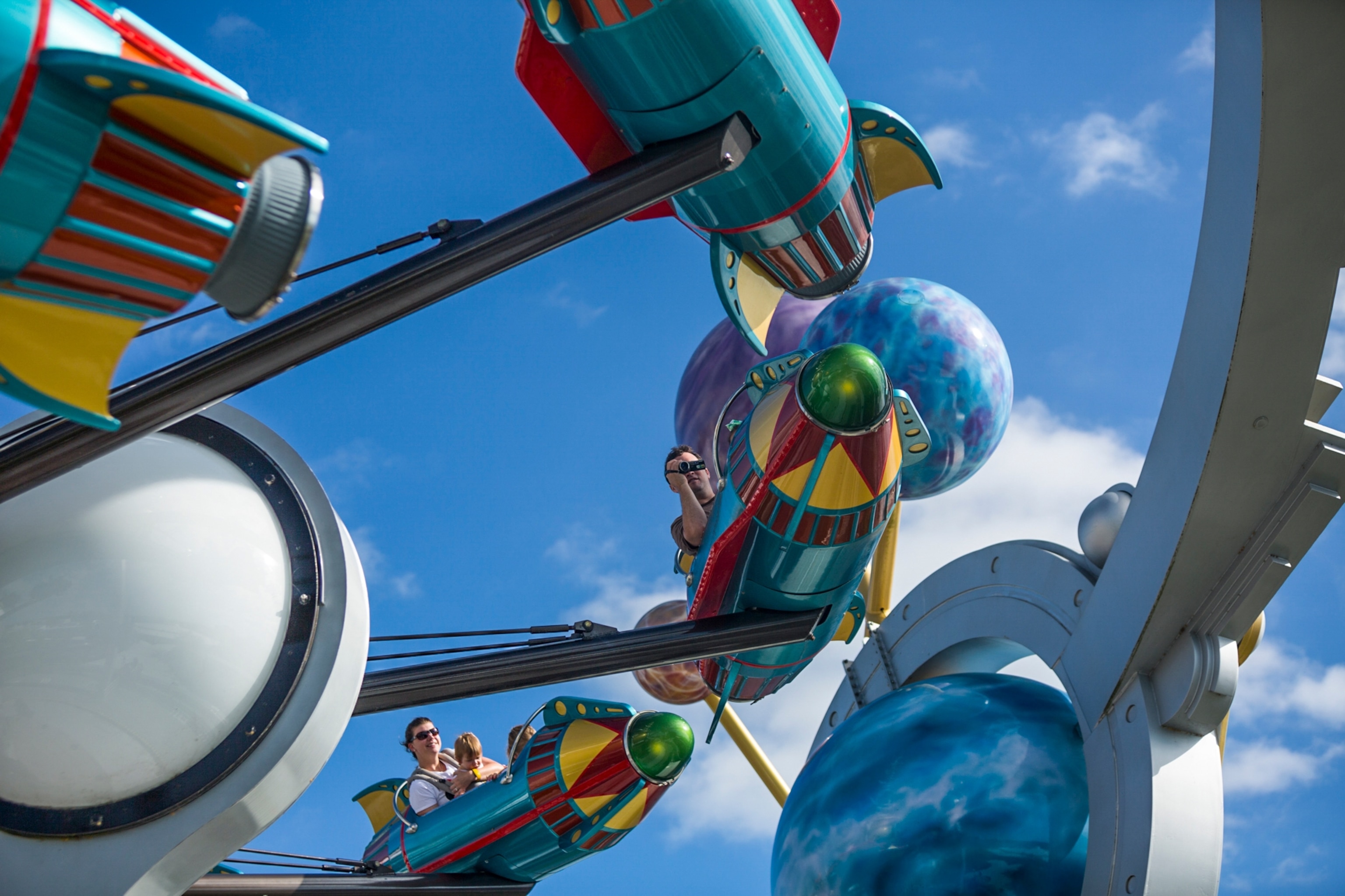
"NASA owns the property," says Kim King-Wrenn, the refuge's visitor services manager, "and we manage it—everything that is not mission critical."
The refuge protects 14 threatened or endangered species, including sea turtles and endemic Florida scrub jays. The ecosystem is incredibly special, King-Wrenn says, because it’s where animals from the temperate northern biome and the southern subtropical biome meet.
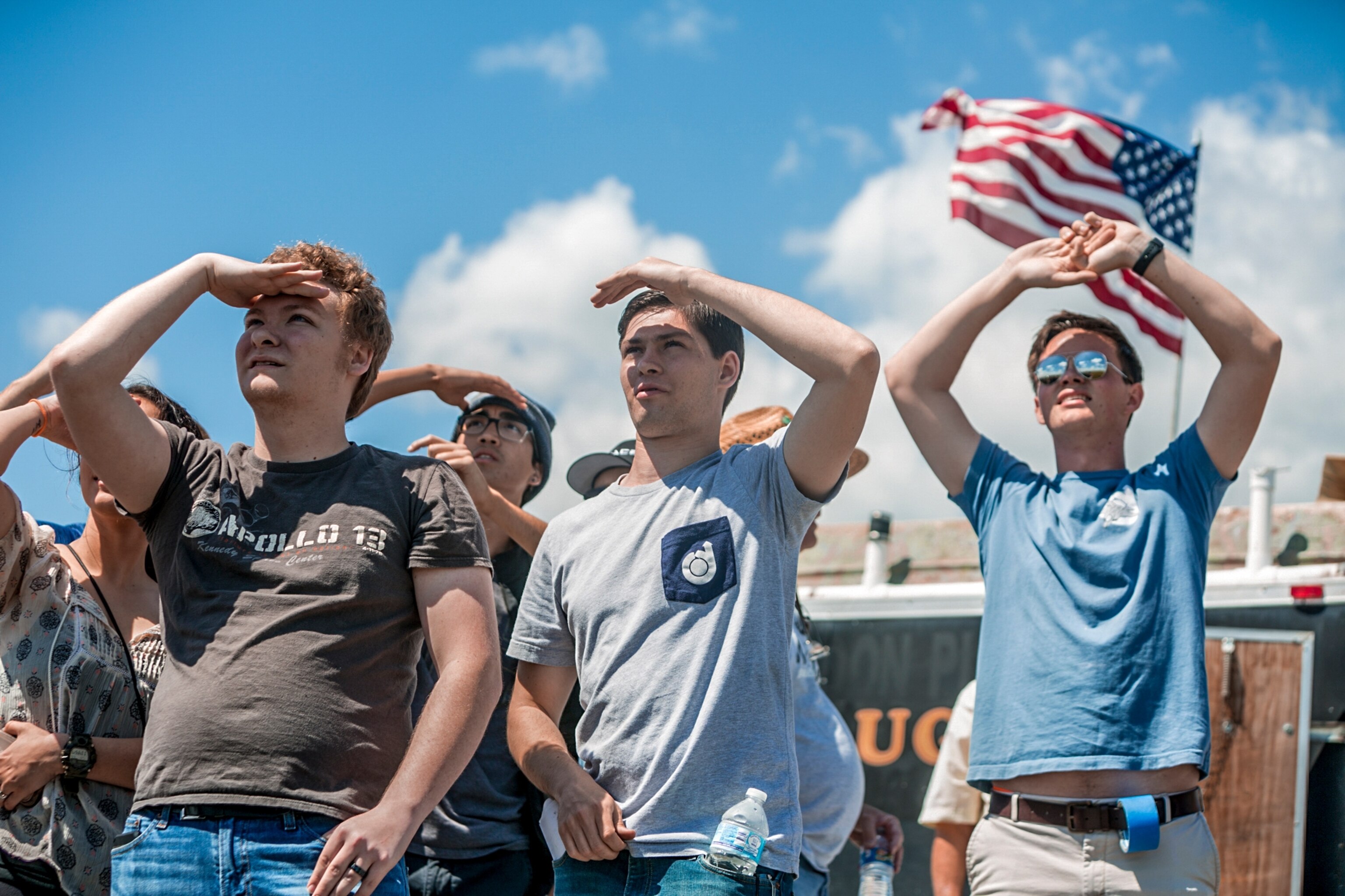


"If the Kennedy Space Center had not been established, none of the lands that surround the operational heart of the United States space program would have been preserved," says Merritt Island Wildlife Refuge biologist James Lyon. "Like much of the rest of coastal Florida, where development pressures have been immense, this area would have become a sea of tourist amenities and vacation homes, much to the detriment of the Florida scrub-jay, as well as a number of other threatened and endangered species." (Find out how Florida is now leading the fight against light pollution.)
Rocket launches don't seem to disturb the local fauna, which tend to hide out during blast off and then resume daily lives. Humans, on the other hand, tend to flock to the refuge during launches, King-Wrenn says, because it offers prime viewing opportunities.

"When there's a rocket launch, we’re swamped."
And with private spaceflight companies such as Blue Origin, Space X, and Boeing all developing rockets and plans to send people to space, Kennedy Space Center—and the Florida Space Coast—is expanding apace.
"There is more history coming that we’re going to be writing," Engler says. That includes pushing the limits of human space exploration by sending people to Mars, and pushing the limits of our understanding of the universe by making the space center a future NASA hub for deep-space exploration.


